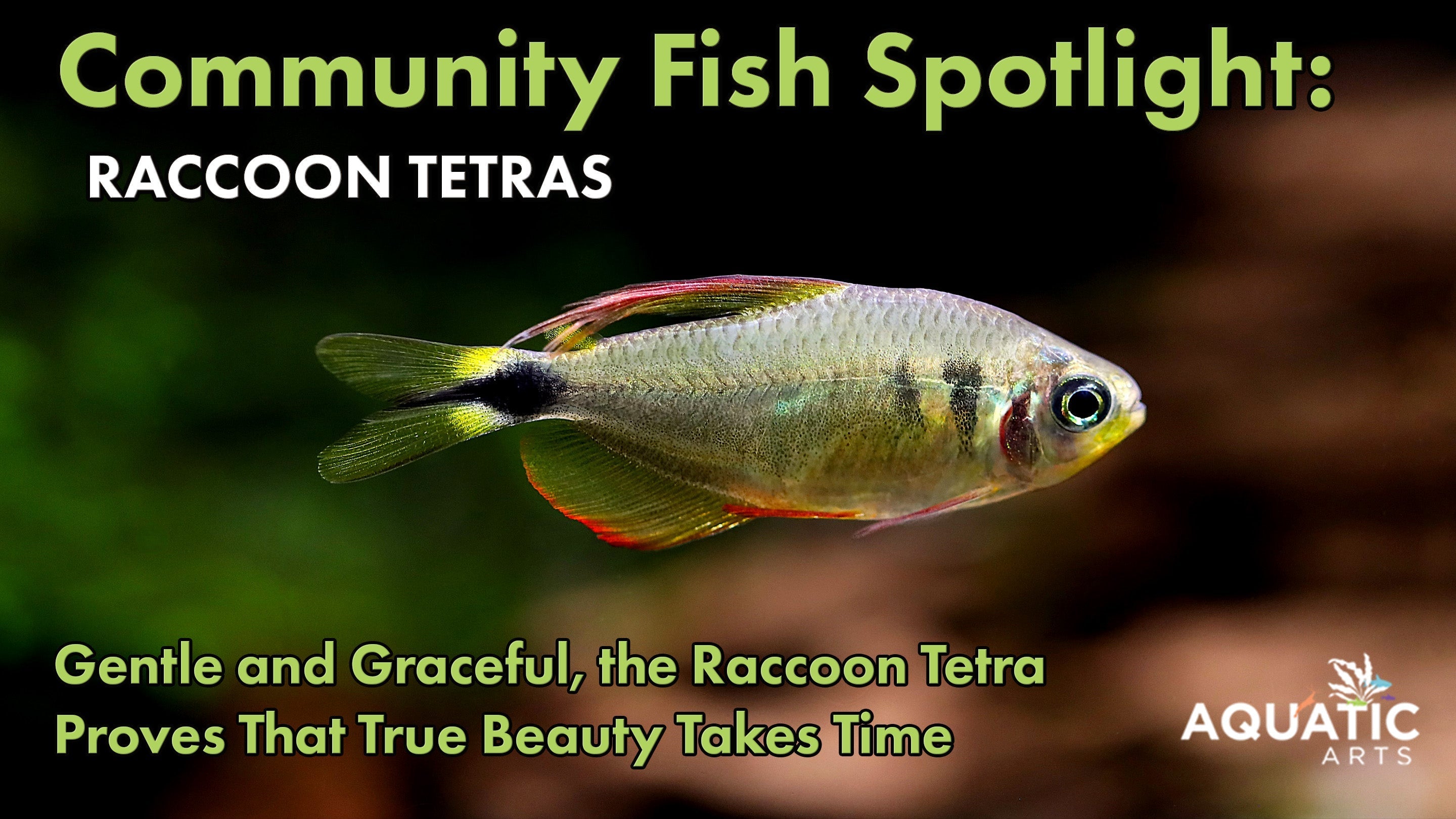The Secret Behind Pom Pom Crabs' Fluffy Claws: Evolutionary Marvels in Your Tank

The Fascinating Evolution and Unique Features of Freshwater Pom Pom Crabs
Freshwater Pom Pom Crabs are captivating not only because of their appearance but also due to the fascinating evolutionary adaptations that make them stand out in the world of aquatic invertebrates. Named for the distinctive tufts of hair-like setae on their claws, these "pom poms" aren't just for show—they play crucial roles in the crab's survival, serving multiple purposes that have developed over time.
Why Are They Called Pom Pom Crabs?
The name "Pom Pom Crab" comes from the fuzzy, ball-like tufts on their claws, resembling the pom poms used in cheerleading. These tufts aren't merely decorative; they serve important functional roles. The setae help the crab gather food particles and small bits of detritus from the water, essentially acting like tiny filters. By waving their claws through the water or scraping surfaces, the crabs can trap algae, plankton, and other fine particles to eat. This feeding technique allows them to survive in their natural habitats, where food sources can be scarce or highly dispersed.
The Evolutionary Significance of Their Fuzzy Claws
The "pom poms" are thought to be an evolutionary adaptation that provides an edge in nutrient-poor environments. In the wild, Pom Pom Crabs are often found in slow-moving streams and rivers across Southeast Asia, where they use these tufts to maximize their food intake from biofilm and algae growing on rocks, wood, and plants. The setae increase the surface area of the claws, enhancing the crab's ability to collect microscopic organisms and detritus, which is vital for their omnivorous diet.
Additionally, the fuzzy claws may help with camouflage and self-defense. In the wild, the tufts can help the crab blend in with mossy or algae-covered surfaces, making it less visible to predators. While not their primary means of defense, the added texture can confuse predators, offering the crab a few extra seconds to escape.

How Their Pom Poms Enhance Aquarium Life
In the aquarium, these evolutionary traits continue to benefit Pom Pom Crabs. Their feeding behavior helps maintain a clean environment, as they constantly scavenge for food particles, detritus, and even algae. This natural "clean-up crew" role makes them a valuable addition to any freshwater tank. They can be seen waving their fuzzy claws around, picking up particles and scraping surfaces, which can be quite entertaining for aquarists.
To replicate the crab's natural feeding behaviors and provide a suitable habitat, it’s recommended to include surfaces like rocks, driftwood, and moss-covered areas in the tank. These elements mimic the conditions they encounter in the wild, allowing them to use their claws as intended. By understanding the evolutionary purpose of their "pom poms," aquarists can better appreciate these crabs and even design their tanks to support the crab's unique feeding methods.
Pom Pom Crabs: A Unique and Practical Choice for Your Aquarium
The combination of their intriguing appearance and evolutionary adaptations makes Pom Pom Crabs an excellent choice for aquarists who want a unique invertebrate that also contributes to tank maintenance. Their fuzzy claws are not just for show—they are a vital part of the crab's feeding strategy and have evolved to enhance its survival in diverse environments. Whether for practical reasons or simply for their visual appeal, adding Pom Pom Crabs to your aquarium can elevate both the aesthetic and ecological balance of your tank.




